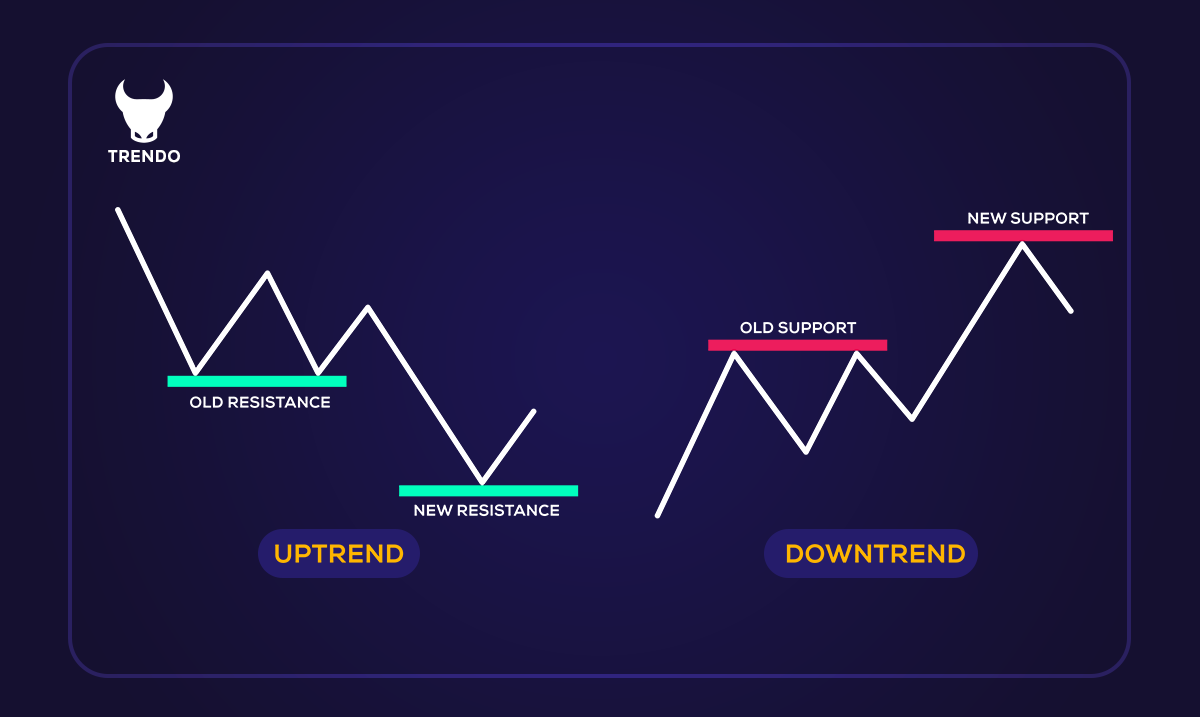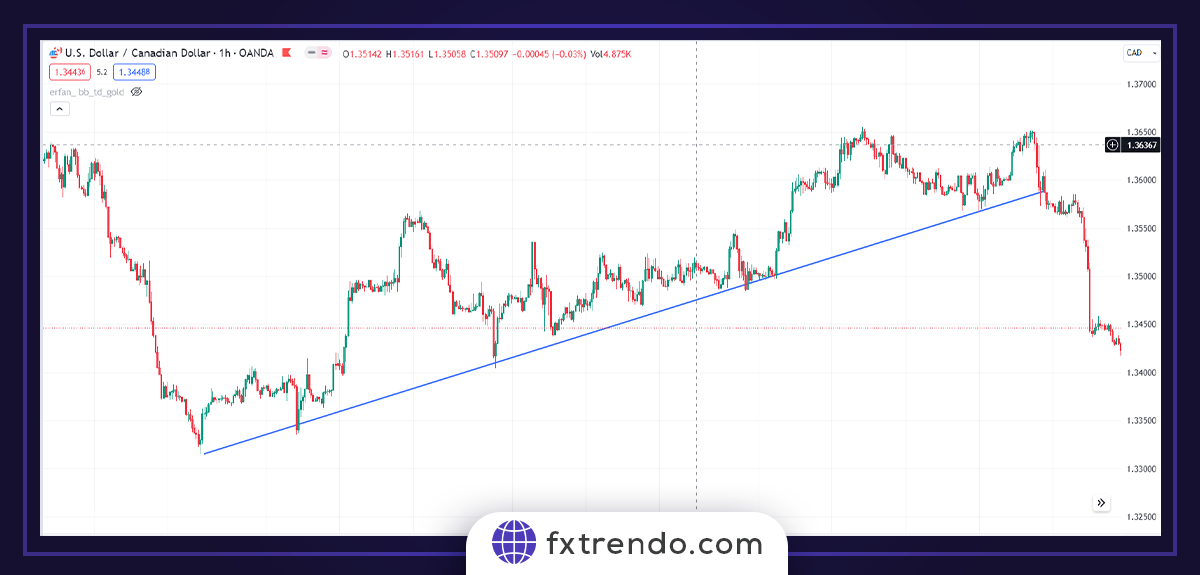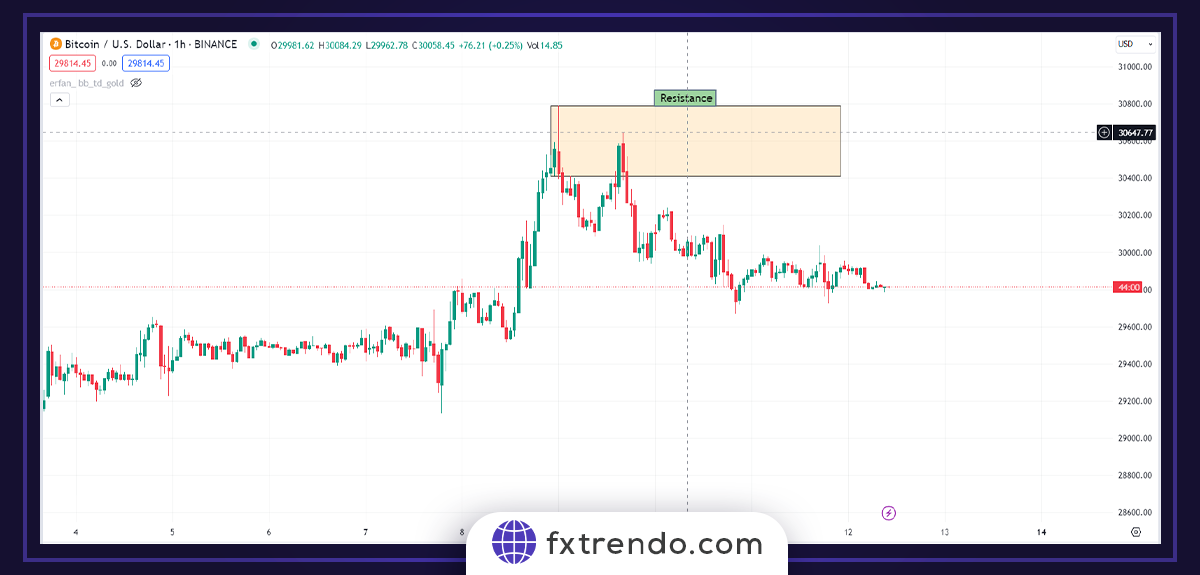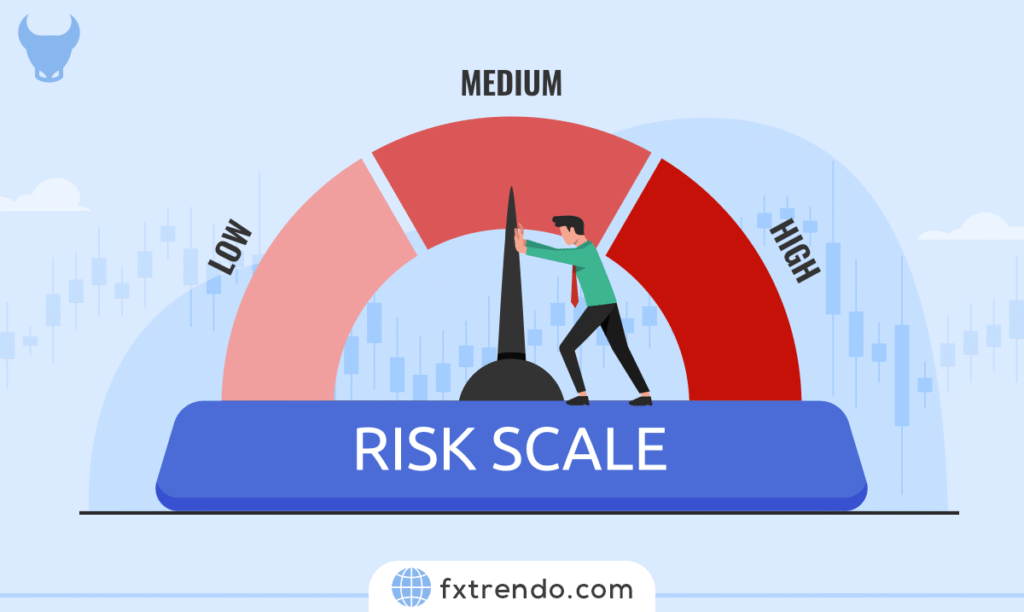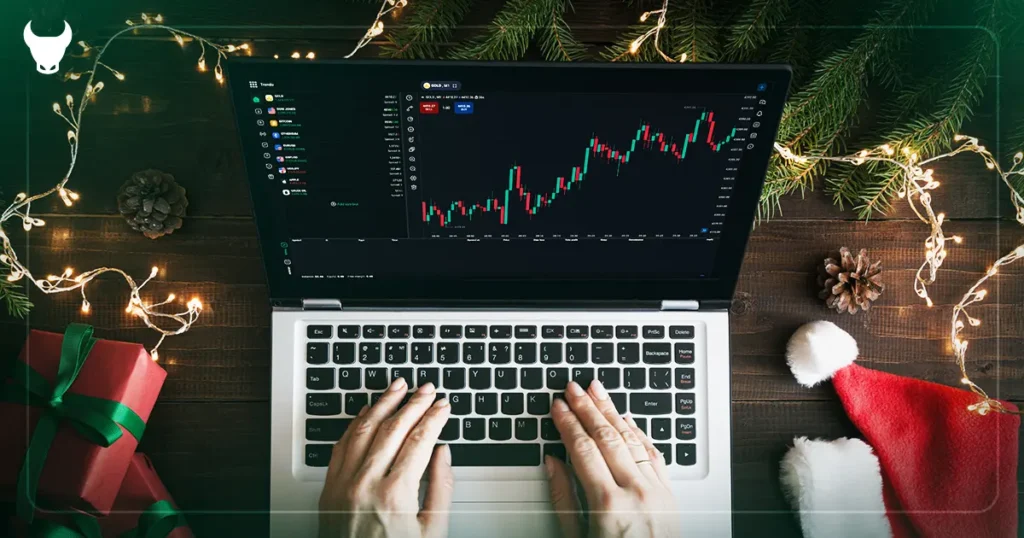مبادئ تشكيل مستويات الدعم و المقاومة على أساس العرض و الطلب
قبل أن ندخل في التفاصيل، يجب أن نفهم مناطق الدعم و المقاومة بشكل كامل. يعتبر الدعم و المقاومة من المفاهيم الأساسية في التحليل الفني المستخدم لتحديد مستويات الأسعار التي تفاعل فيها السوق تاريخياً مع تلك المنطقة.
في الاتجاه الهبوطي، تنخفض الأسعار مع انخفاض الأسعار، و يصبح السعر أكثر جاذبية للمشترين الذين باعوا بكميات أعلى، و يدخل المزيد من المشترين إلى السوق تدريجيًا حتى يصل العرض و الطلب إلى المساواة النسبية في منطقة ما. إذا كانت قوة المشترين أكبر من قوة البائعين، فسوف يتسبب ذلك في عودة السعر، و هو ما يسمى منطقة الدعم.
و من ناحية أخرى، تبدأ قيمة الأسهم في الارتفاع في السوق بسبب ارتفاع الطلب، و يدخل البائعون إلى السوق تدريجياً مع زيادة الأسهم، و يحدث عكس ما شرحناه عن مناطق الدعم. و في هذه الحالة تكون قوة البائعين أكبر من قوة المشترين. و مع العودة الهبوطية للسعر، يتم تشكيل منطقة المقاومة
أنواع مناطق الدعم و المقاومة
تنقسم مناطق الدعم والمقاومة إلى الفئتين التاليتين وفقًا لما إذا كانت نطاق سعري ثابت أو مناطق متغيرة:
- مناطق الدعم و المقاومة الثابتة
- مناطق الدعم و المقاومة الديناميكية
وفقا للإطار الزمني للتداول و ما إذا كان السوق في نطاق تداول أو اتجاه، فإن تطبيق كل منهما يختلف، و هو ما سنشرحه بالتفصيل فيما يتعلق بكل واحد.
مناطق الدعم و المقاومة الثابتة
هذا النوع من الدعم و المقاومة أكثر صلاحية و يتم تعريفه على أنه مناطق أفقية على الرسم البياني. و هو ما سنشرحه بالتفصيل في بقية المقال.
مناطق الدعم و المقاومة الديناميكية
هذه الأنواع من الدعم و المقاومة أقل صلاحية من النوع الثابت، و الطريقة التي يتم رسمها وفقًا للخبرة و الإستراتيجية الشخصية لكل متداول يمكن أن يكون لها العديد من الاختلافات مع متداول آخر. لكن كنظرة عامة يمكن تشكيل خط مقاومة من خلال ربط الأسقف ببعضها البعض في اتجاه تنازلي، و يمكن رسم خط دعم ديناميكي من خلال ربط الأرضيات ببعضها في اتجاه صاعد، تم رسم خط مقاومة ديناميكي من خلال ربط القمم معًا، أو تم رسم خط الدعم عن طريق ربط القيعان في اتجاه هبوطي، ولكن من الأفضل استخدام هذه الطريقة لرسم خط المقاومة و الدعم للخروج من التداول).
في أي إطار زمني من الأفضل رسم مناطق الدعم و المقاومة؟
من الأفضل أن تضع الرسم البياني الخاص بك في وضع الشموع في البداية لأنها توفر الكثير من المعلومات في عرض واحد. يعتمد الإطار الزمني الذي تختاره على استراتيجية التداول الخاصة بك. قد يستخدم المتداولون اليوميون أطر زمنية مدتها ٤ ساعات و ساعة واحدة، بينما قد يستخدم المتداولون على المدى الطويل الرسوم البيانية اليومية أو الأسبوعية.
لاحظ أن مستويات الدعم و المقاومة تكون أكثر صلاحية إذا شوهدت على أطر زمنية أعلى. للتعرف بشكل أفضل على مناطق الدعم و المقاومة، قم بالرجوع إلى تاريخ السوق، و ابحث عن المناطق التي عاد فيها السعر أو كان السعر عالقاً في تلك المناطق، و عاد بقوة كبيرة و بشكل حاد في نزعة الاتجاه الحالي من تلك المنطقة.
كيفية تحديد مناطق الدعم و المقاومة؟
- استخدام المتوسطات المتحركة للعثور على مناطق الدعم و المقاومة
- رسم مناطق الدعم و المقاومة باستخدام العرض و الطلب
استخدام المتوسطات المتحركة للعثور على مناطق الدعم و المقاومة
يمكن أن يساعد استخدام المتوسطات المتحركة في تحديد مناطق الدعم و المقاومة. إذا كان السعر أعلى من المتوسط المتحرك، فإنه يلعب دور الدعم، و إذا كان السعر أقل، يلعب المتوسط المتحرك دور المقاومة.
اقرأ المزيد: مؤشر المتوسط المتحرك
رسم مناطق الدعم و المقاومة باستخدام العرض و الطلب
بعد تحديد مستويات الدعم و المقاومة المحتملة، فإن الخطوة التالية هي رسم هذه المناطق على الرسم البياني. يمكنك استخدام الخطوط الأفقية، و هي أسهل طريقة لرسم هذه المناطق، أو يمكنك رسم مستطيل لإظهار النطاق، و هو الأفضل لإستخدام هذه الطريقة. و هذا يدل على أن الدعم و المقاومة ليسا مستويات سعرية محددة، بل نطاق سعري يمكن أن يتقلب فيه السعر. اعتمادًا على أسلوب التداول، انتقل إلى الإطار الزمني الأعلى و حدد مكان توقف السعر، إلى المنطقة التي اندلعت فيها النقطة الحادة.
و في مناطق المقاومة، يمكن أن يكون النطاق المناسب الذي سيتم رسمه، من أعلى سعر شهده السوق في اتجاهه الصعودي الأخير إلى قاع الشمعة الصاعدة الأخيرة، منطقة مقاومة مناسبة لتفاعل السعر إذا عاد إلى هذه المنطقة . في مناطق الدعم، يمكن أن يكون النطاق المناسب للرسم، من أدنى سعر شهده السوق في اتجاهه الهبوطي الأخير إلى سقف الشمعة الهابطة الأخيرة، منطقة دعم مناسبة لتفاعل السعر إذا عاد إلى هذه المنطقة.
تغيير طابع مناطق الدعم و المقاومة
إذا تجاوز السعر منطقة دعم أو مقاومة، فقد يشير ذلك إلى حدوث تغيير في تلك المنطقة. على سبيل المثال، إذا تمكن السعر من الاستقرار في نطاق أقل من منطقة الدعم، فيمكن أن يلعب هذا الدعم دور المقاومة إذا عاد السعر لأعلى، أو إذا تمكن السعر من الاستقرار في نطاق أعلى من منطقة المقاومة، فيمكن أن تلعب تلك المقاومة دور الدعم إذا عاد السعر إلى الأسفل.
كيفية تنفيذ عمليات البيع و الشراء باستخدام مستويات الدعم
عندما يكون للتحليل الفني و الأساسي رؤية صعودية للسوق في إطار زمني أعلى من وقت التداول الخاص بك، فعندما يصل السعر إلى منطقة الدعم، يمكنك الرجوع إلى الإطار الزمني الأدنى، في نفس الوقت عندما يقترب السعر من المنطقة المطلوبة، تظهر علامات تراجع قوة الاتجاه الهبوطي، و يتفاعل السعر مع هذه المنطقة، و عندما ترى التأكيد المناسب لتكوين الاتجاه الصعودي، يمكنك الدخول في صفقة شراء.
في حالة أن تحليلك الفني و الأساسي لديه رؤية هبوطية للسوق، فعندما يصل السعر إلى منطقة المقاومة، يمكنك الرجوع إلى الإطار الزمني الأدنى. عندما يقترب السعر من المنطقة المرغوبة، تظهر علامات رد فعل السعر على منطقة المقاومة هذه، و ترى التأكيد المناسب لتكوين الاتجاه الهبوطي عندها يمكنك الدخول في صفقة بيع.
ملخص
تذكر أنه مثل جميع استراتيجيات التداول، فإن استخدام مستويات الدعم و المقاومة وحدها ليس مفيدًا، و يجب عليك استخدامها مع طرق التداول الأخرى. و مع ذلك، فإن فهم هذه المستويات يمكن أن يوفر معلومات مفيدة و يحسن أداء التداول الخاص بك.
على الرغم من أن استخدام هذه المناطق كإطار زمني متعدد مع استراتيجيات التداول الأخرى سيزيد من كفاءة تداولاتك إلى حد ما، إلا أنه يجب عليك ملاحظة أن هناك احتمال حدوث أخطاء في هذا النوع من التداول، لذلك للحفاظ على رأس المال و تحقيق أرباح مستمرة، من الأفضل استخدام وقف الخسارة لكل صفقة إلى جانب استراتيجيات إدارة رأس المال.

